
Blockchain has evolved considerably beyond its initial application as a cryptocurrency platform. Our previous module offered a brief overview of the two main types of blockchain networks—public and permissioned—along with some of their defining traits and some ways in which they differ.
This module will delve into four different blockchain platforms: the original Bitcoin platform, Ethereum, Hyperledger Fabric and Corda.

Bitcoin (2008)
While Bitcoin is not a blockchain platform per se, the first blockchain platform was proposed by Satoshi Nakamoto to address the issue of double-spend in cryptocurrencies. That platform became the initial open, public and permissionless blockchain platform.
Because it was open, anyone could join the network and nobody necessarily knew the identity of the other parties. This provided anonymity, which created the necessity for an effective means of validation. Members of the network validated transactions through a complex, resource-intensive process known as proof-of-work. In proof-of-work, special nodes known as miners run complex algorithms to solve very complex computational problems, such as identifying a cryptographic hash of a block without knowing its contents. Miners who come up with the solution are awarded an incentive, such as a Bitcoin. Proof-of-work requires a considerable amount of time and computing power, so it presents major challenges in terms of scalability and interoperability (that is, the ability for different platforms and/or applications to interact with each other).

Ethereum (2013)
Ethereum was built to address the issue of interoperability. It builds on the initial cryptocurrency exchange functions of blockchain to allow for a generic platform for numerous transaction types and for the development and deployment of so-called distributed applications.
Like the initial blockchain platform, Ethereum is open-source, public and non-permissioned. It can be used to generate tokens (similar to cryptocurrencies) known as Ether, which can serve as a tradeable cryptocurrency, but can also be used by application developers to pay for services on the network. Like the original blockchain platform, Ethereum relies on proof-of-work for validation, although in a slightly modified format, which can be used to create Ether.
In addition to expanding beyond cryptocurrencies to allow for distributed applications, Ethereum also allowed developers to program their own smart contracts on the blockchain, creating the possibility for automated, non-crypto transactions on the blockchain. While this has applications in industries like supply chain management, the lack of privacy still created problems for usage in business transactions.

Hyperledger Fabric (2015)
Ethereum was an important step in the evolution of blockchain because it presented the possibility of commercial transactions on the blockchain. However, because it was open, anonymous and permissionless, the privacy and counter-party assurances required for commercial transactions was lacking. Hyperledger Fabric was developed in response to this limitation.
Hyperledger is a cross-sectoral collaboration operated by the Linux Foundation with the intention of developing a blockchain architecture to facilitate global business transactions. Fabric is the blockchain platform that came out of this collaboration. To support the requirements of business, Fabric is a permissioned network, which ensures the identity of commercial counterparties and the privacy of commercial transactions. Fabric allows transacting parties to form sub-networks known as “channels” on which they are able to transact with any party on the channel.
Because it is permissioned, Fabric provides consensus by having nodes on the network monitor and approve transactions. These nodes ensure that 1) transactions in a proposed block are valid and 2) the blocks that are placed in a blockchain are in the correct order.
Hyperledger Fabric is supported by major players in a number of industries, including IBM, SAP, Cisco and Airbus. To date, it has use cases (or applications) in a number of sectors including banking, financial services, health care and supply chain management.

R3 Corda (2016)
R3 launched Corda in 2016 as an open source platform with the aim of providing a transaction-driven blockchain. It now also offers an enterprise version of the platform. Corda was developed specifically for commercial transactions, particularly in the highly regulated financial services industry. Use cases have since expanded to include land titles, insurance and oil & gas.
Corda was developed to the high regulatory and auditing standards of the financial services industry, so privacy and security are maintained at very high levels. Consensus on Corda transactions is provided by so-called notary nodes, which validate that the transaction is unique and meets the requirements of the transaction as consensualized by the parties involved.
Corda was also developed to optimize privacy. Transactions on Ethereum are anonymized; however, they are known of by all members on the network, which can be problematic for commercial ventures. Fabric’s channel architecture provides greater transactional confidentiality than Ethereum. However, any party on a channel may be aware of transactions that take place on that channel. So, privacy concerns, while limited, are not completely addressed. Transactions on Corda are visible only to authorized parties. So, not only are the details of the transaction private, but so is the existence of the transaction.
In the next module of GuildOne’s Blockchain Digest…
GuildOne’s Energy Block Exchange (EBX) – a blockchain business network for energy transactions – is built on R3’s Corda platform. Next up, we’ll dive deeper into Corda, explaining more about the platform, what use cases it is suitable for, and we’ll take a look at CordApps (applications for the Corda Network).
Recommended Readings / Resources
- Ethereum, “Ethereum Beginners”
- Frankfurt School Blockchain Centre (2017), “Comparison of Ethereum, Hyperledger and Corda”
- IBM: “An Introduction to Hyperledger”
- Meldium (2018), “What is Ethereum and It’s Importance”
- Philipp Sandner, “Comparison of Ethereum, Hyperledger Fabric and Corda”
- Richard Gendal Brown, James Carlyle, Ian Grigg, Mike Hearn (2016), “Corda: An Introduction”
Feedback
Please tell us what you thought about this module and the Blockchain Digest by filling out a short survey here.















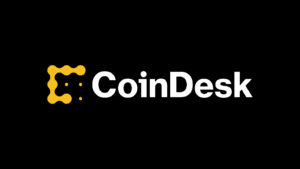



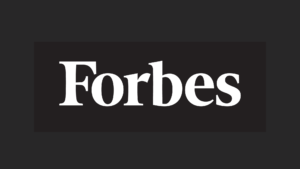


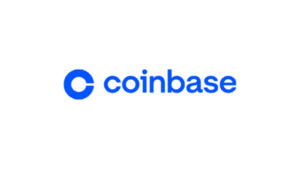



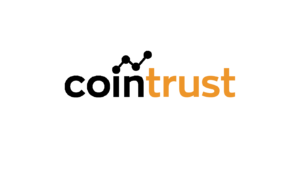


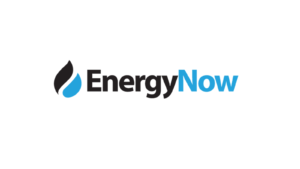
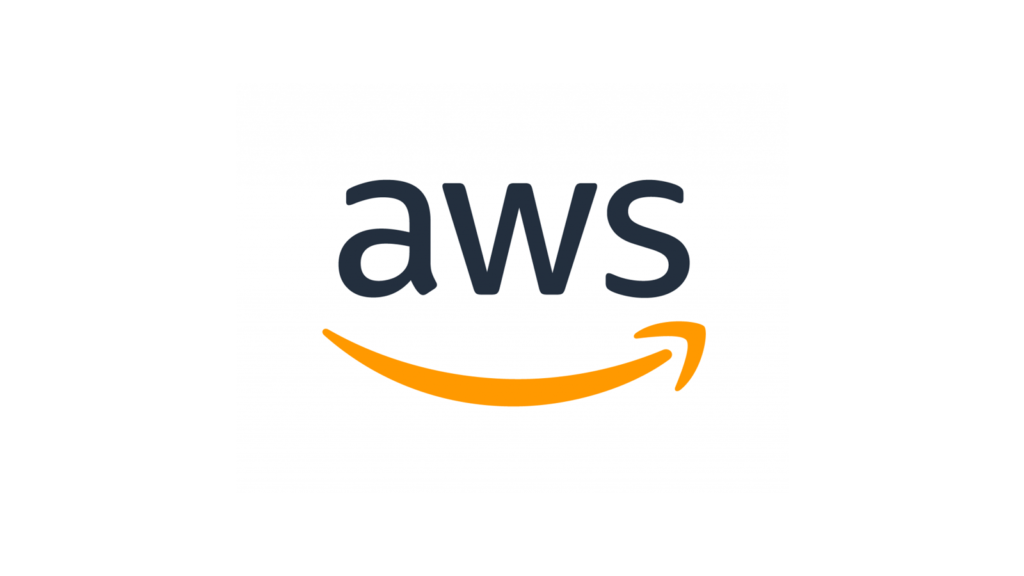
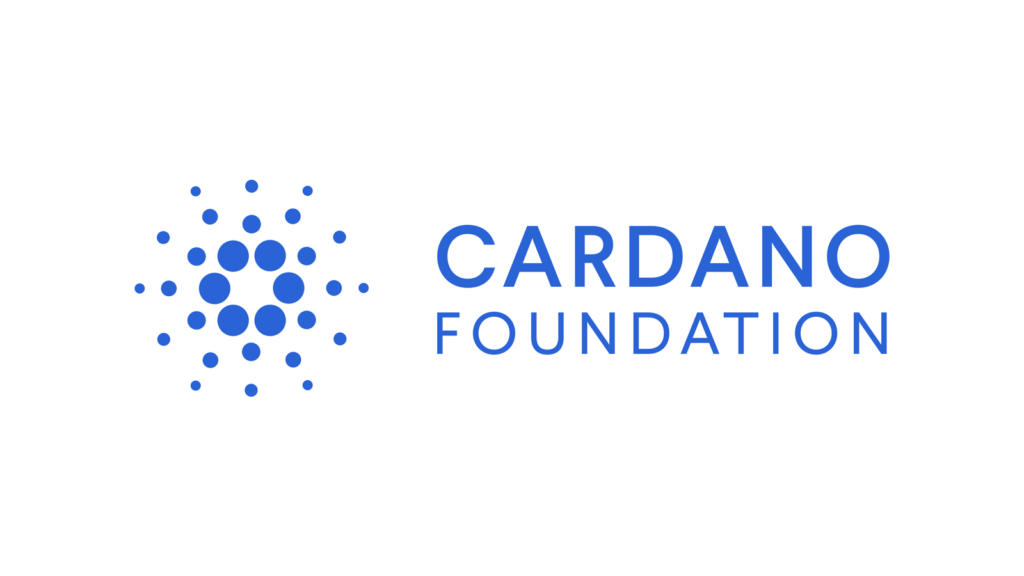
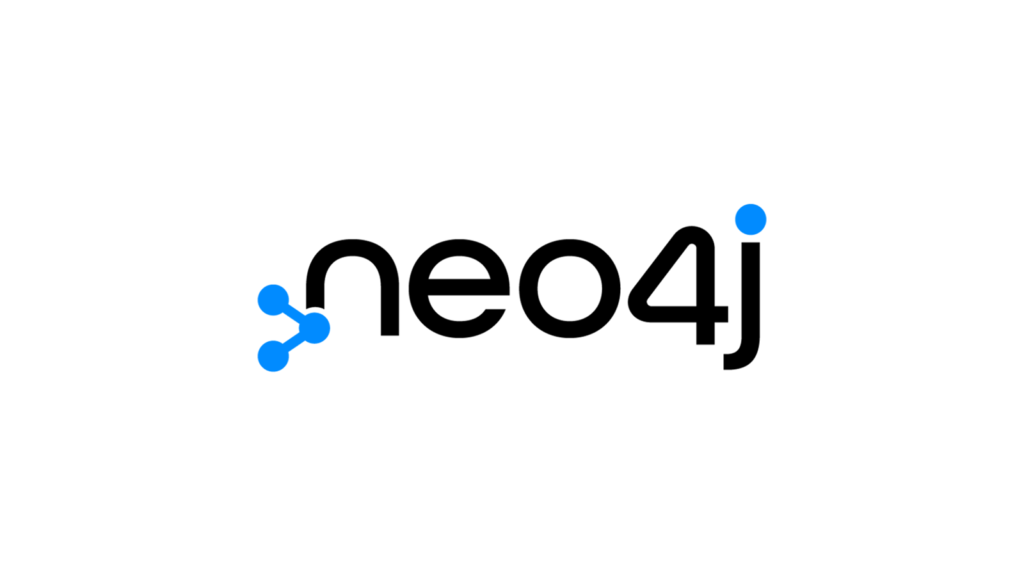
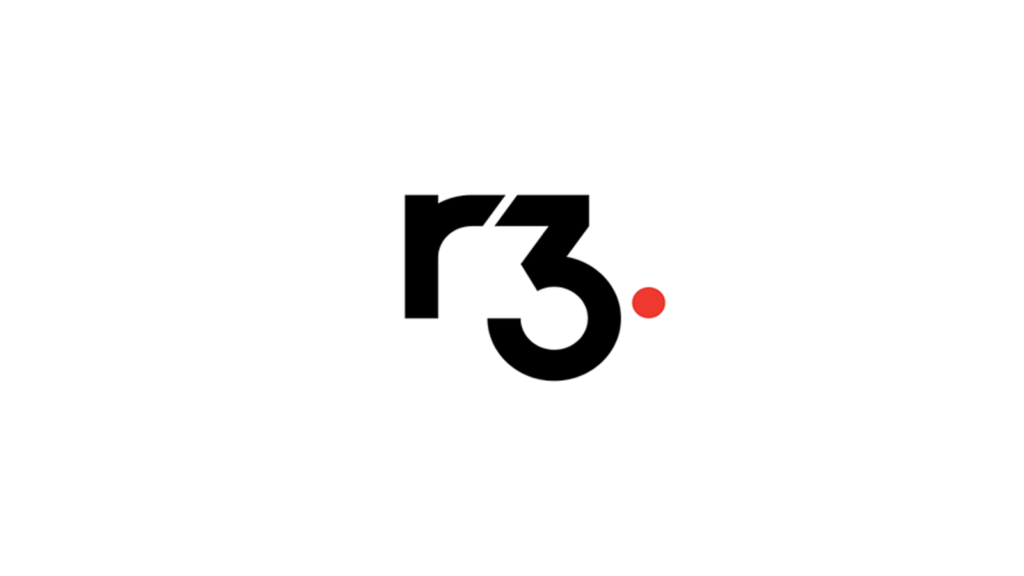
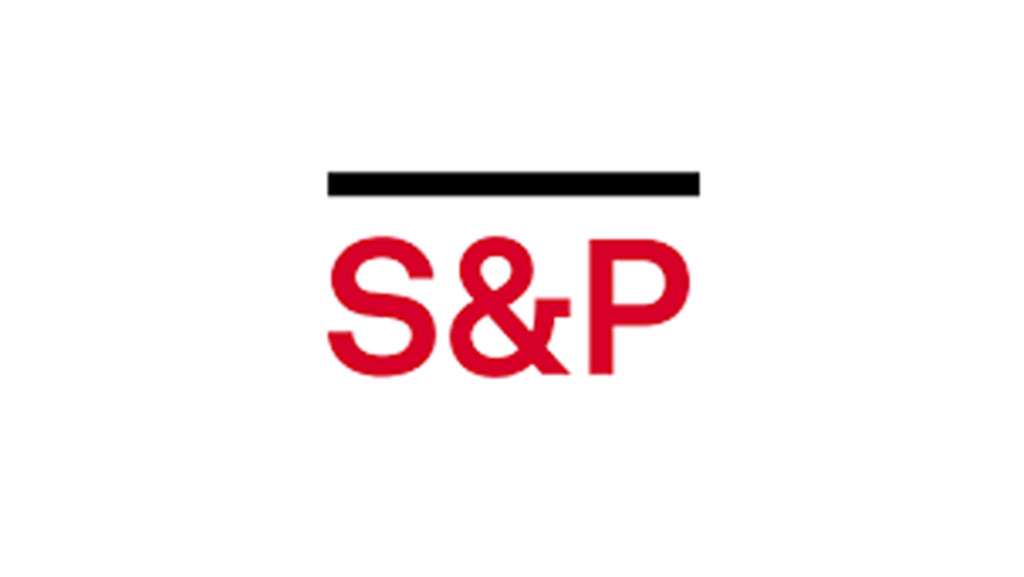
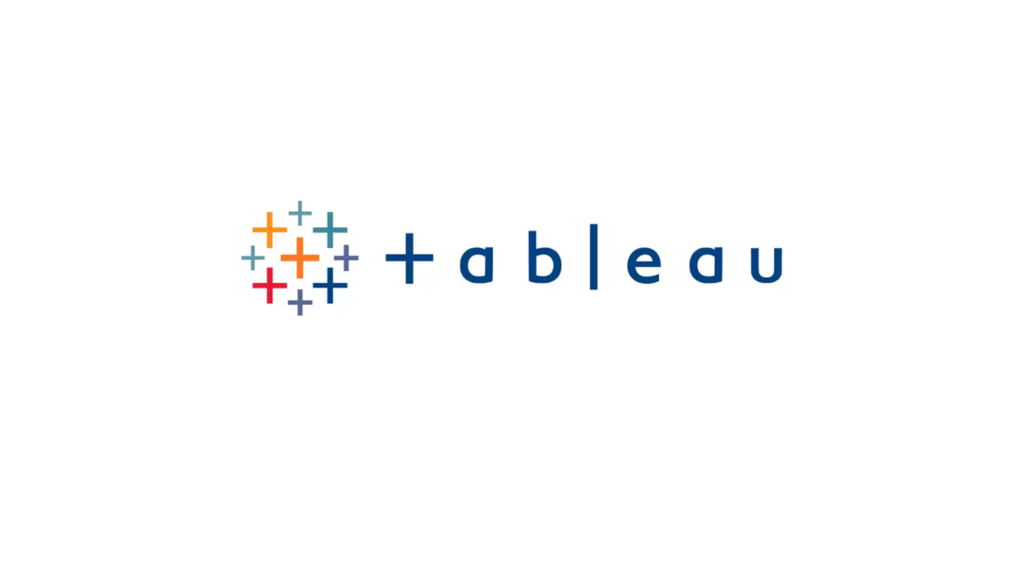
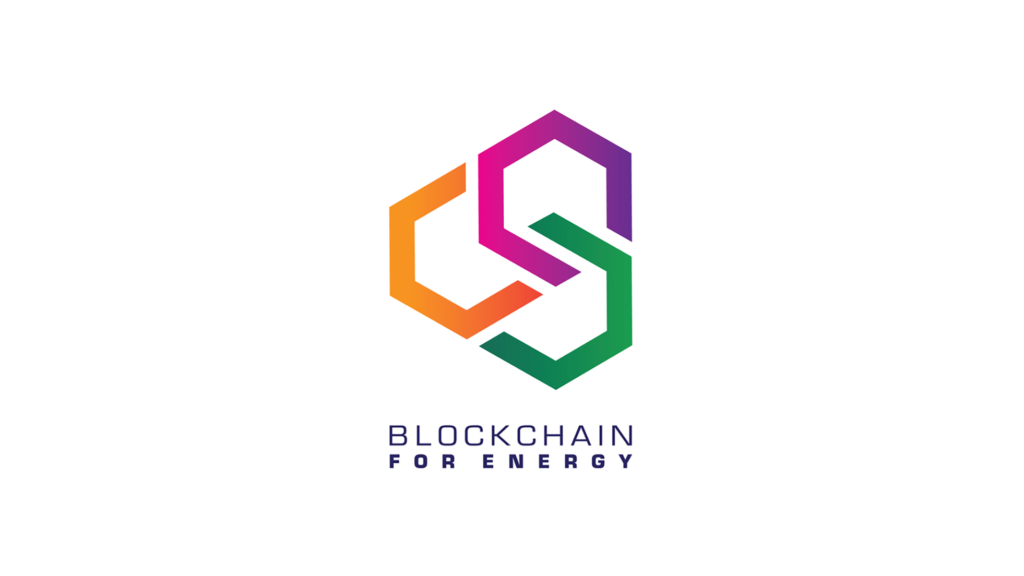
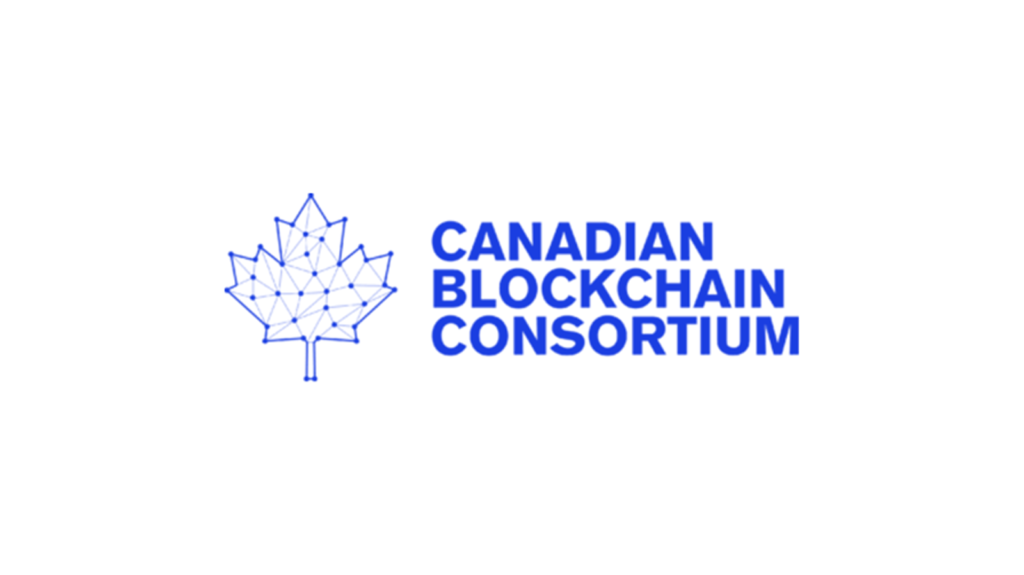
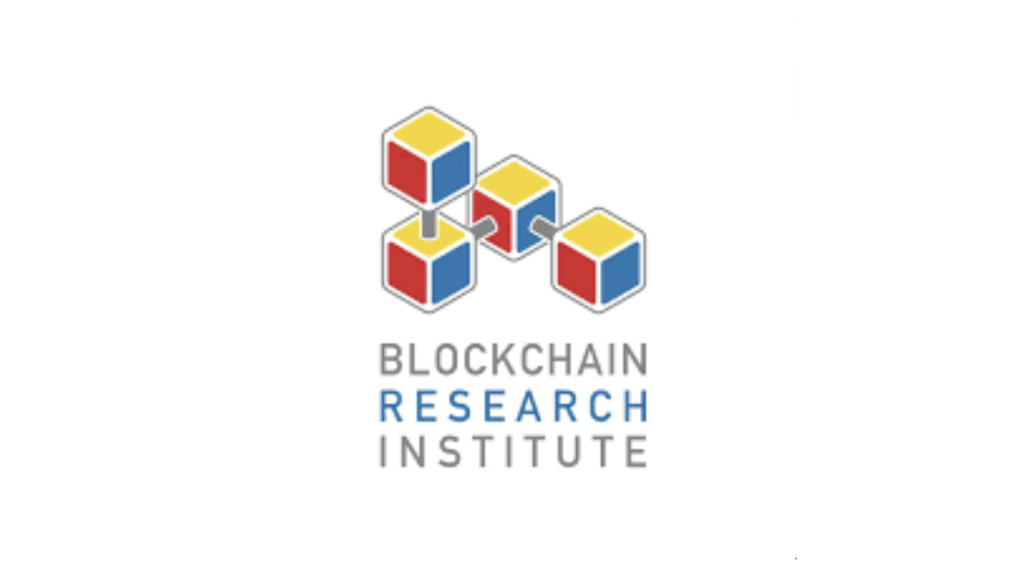
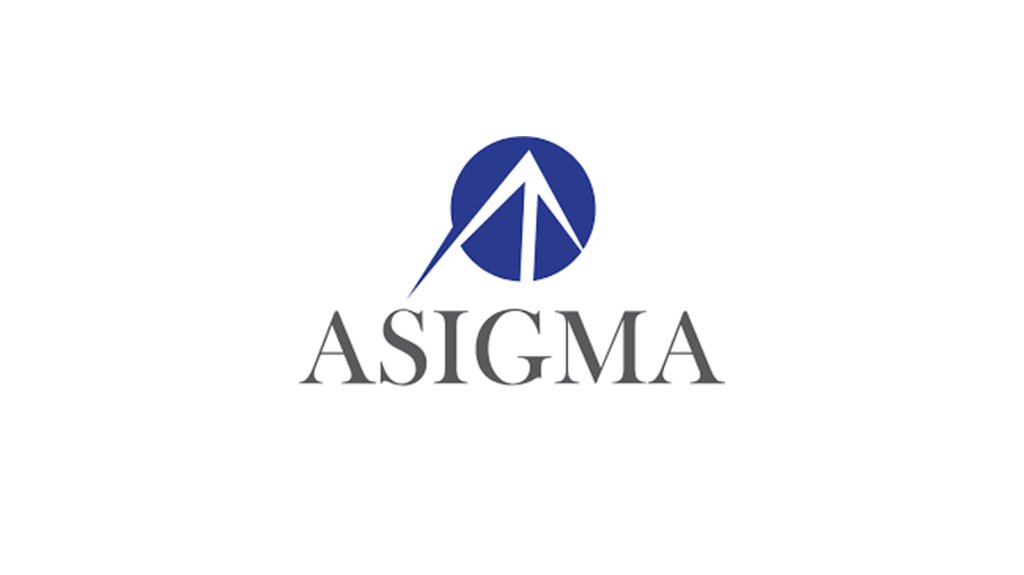

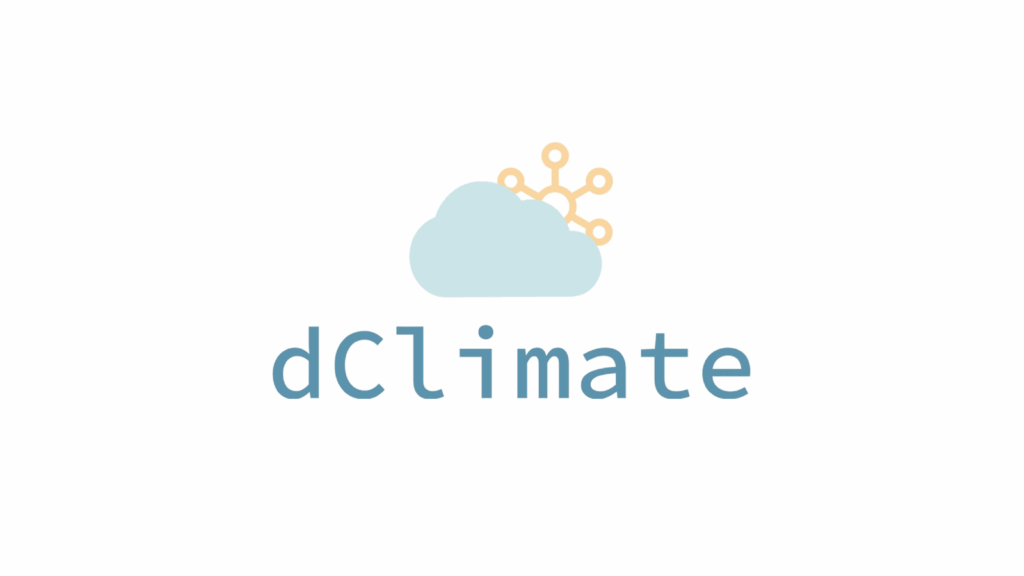
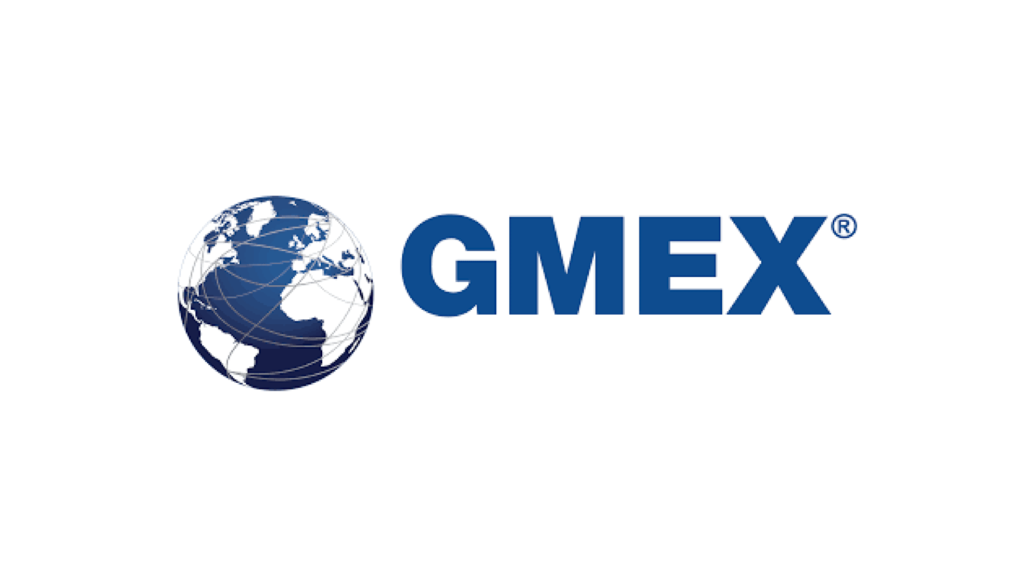
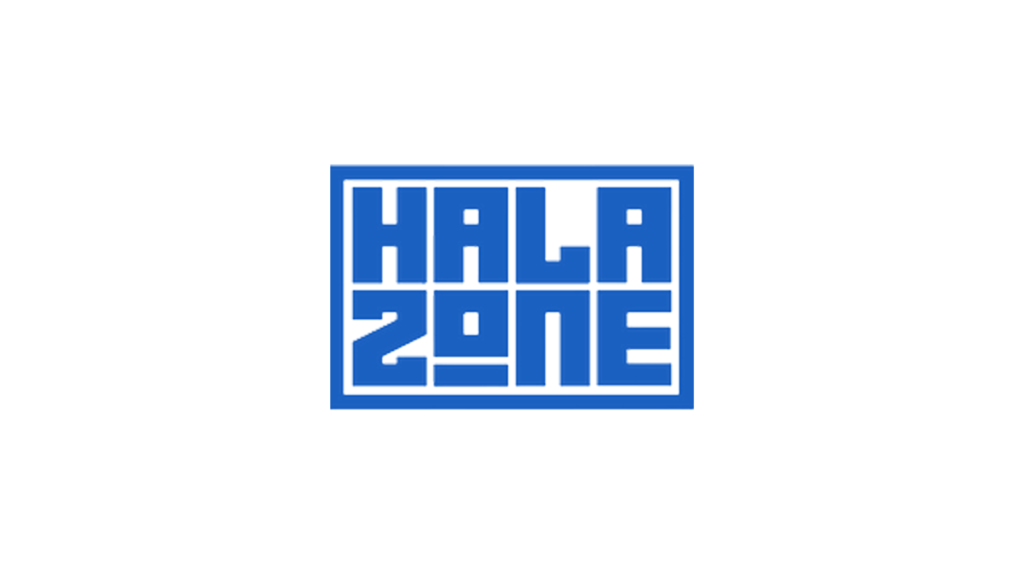
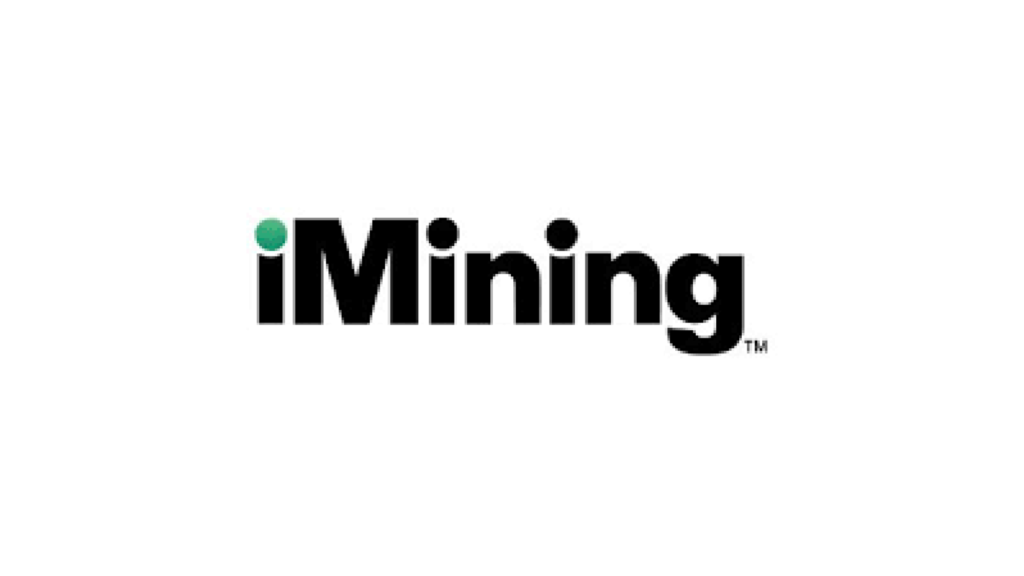


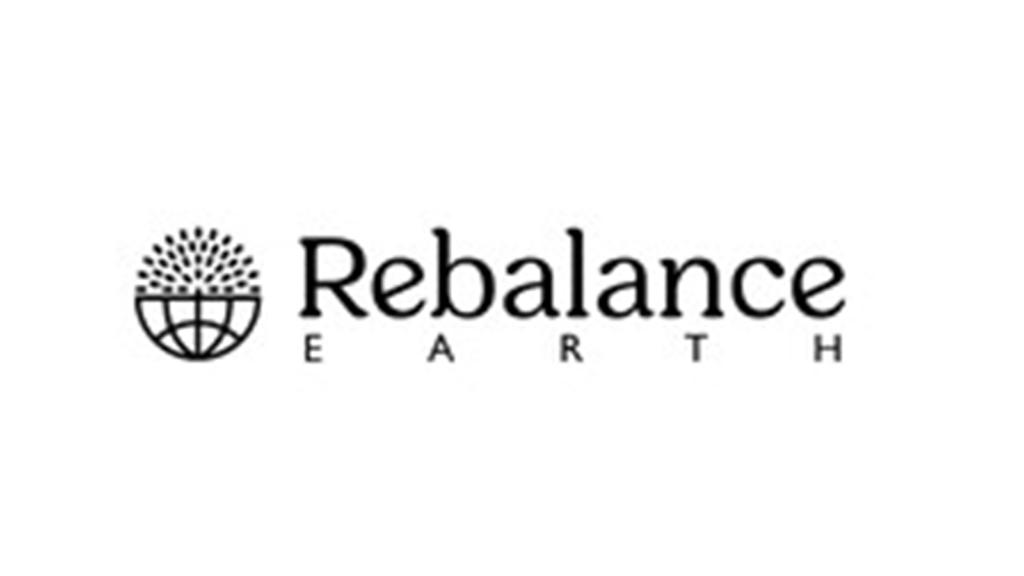


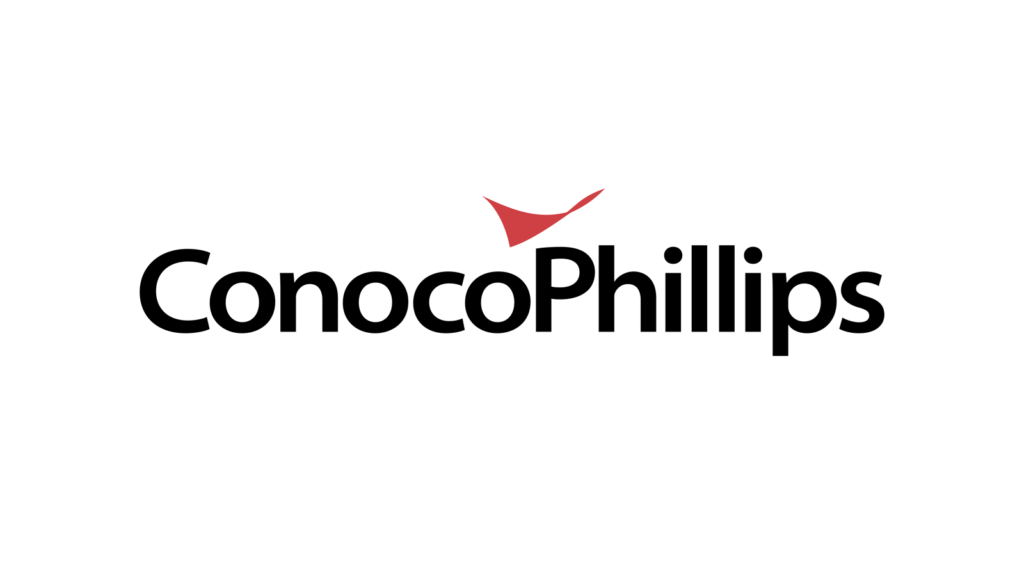
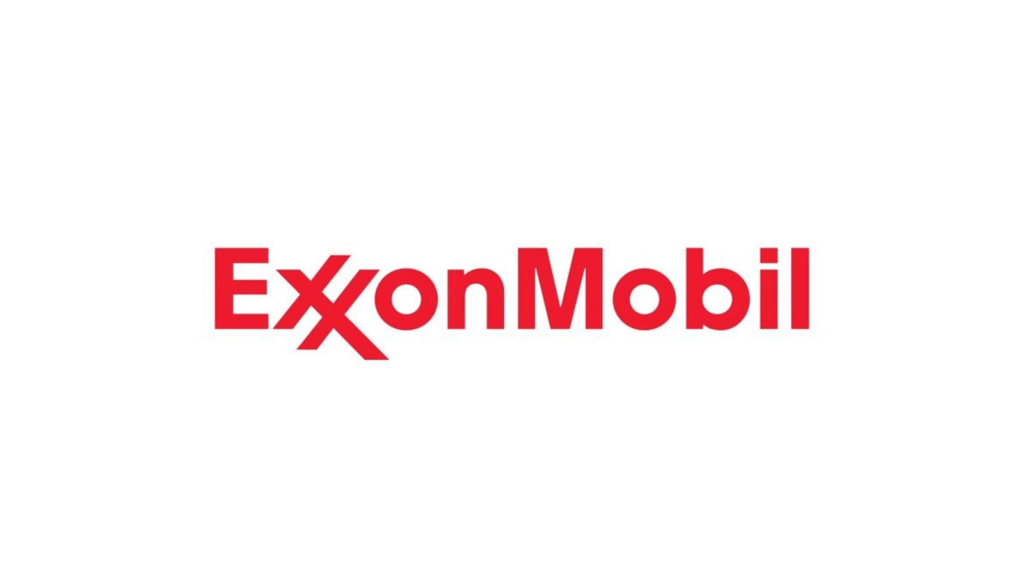
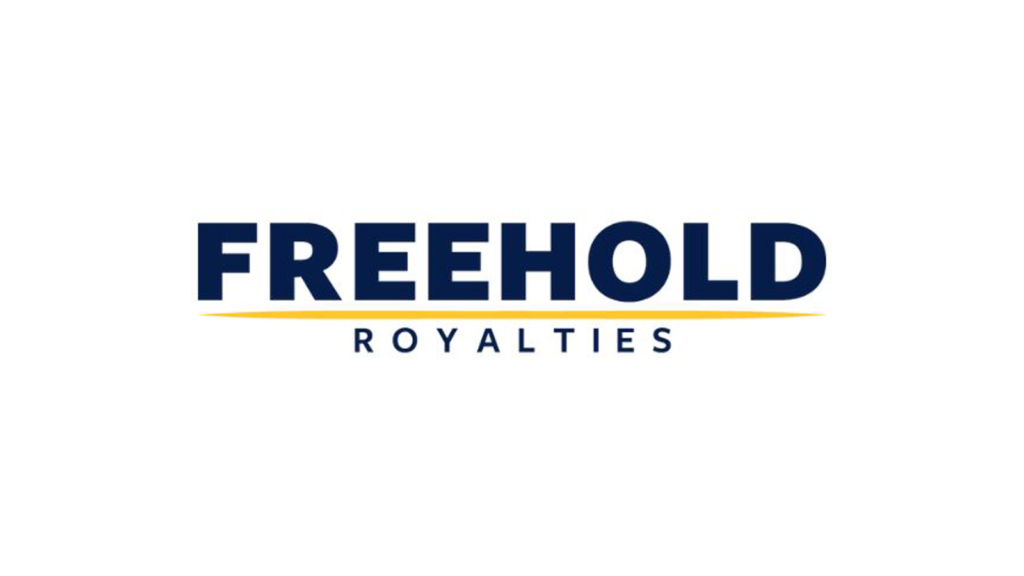
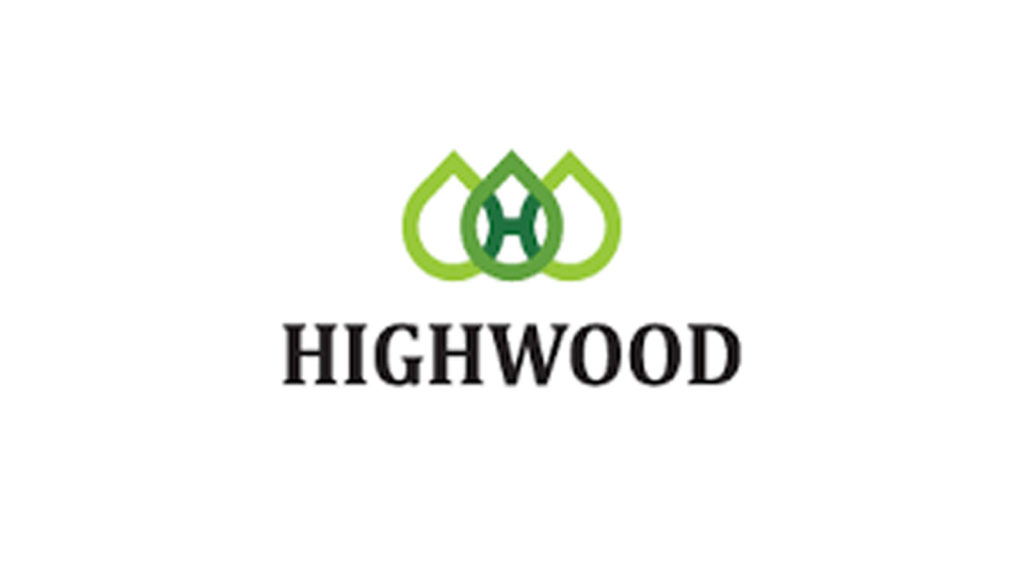
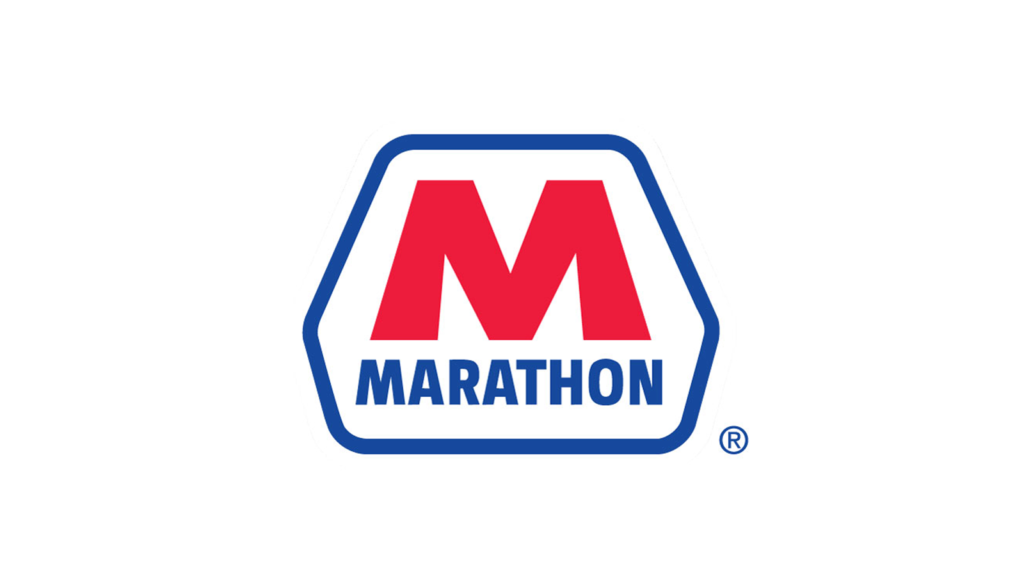
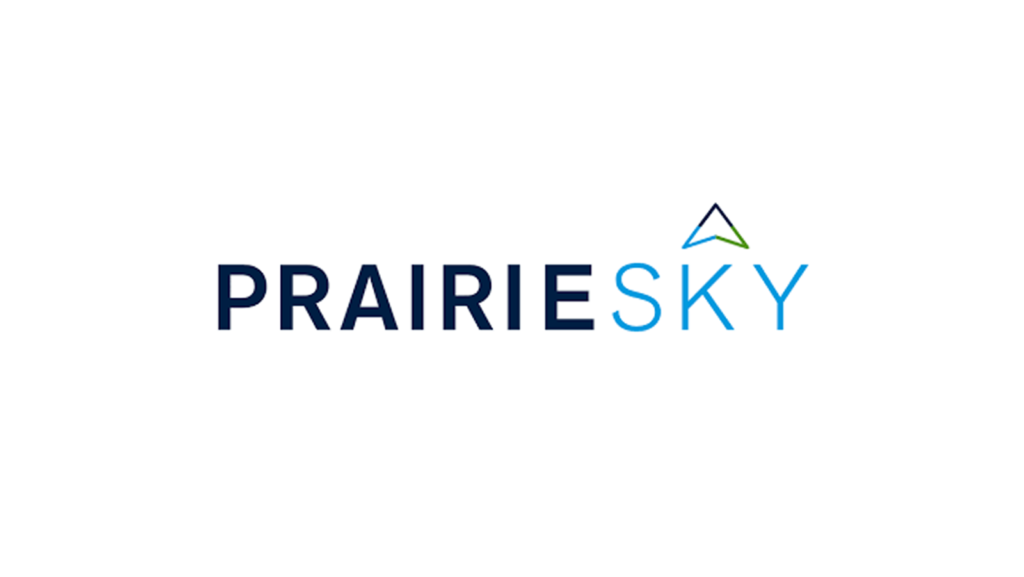
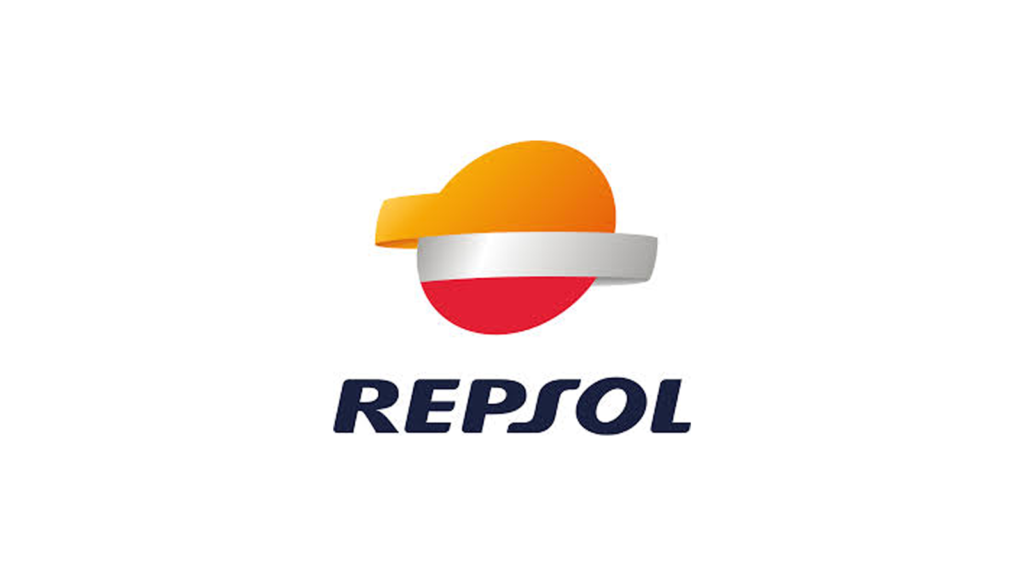
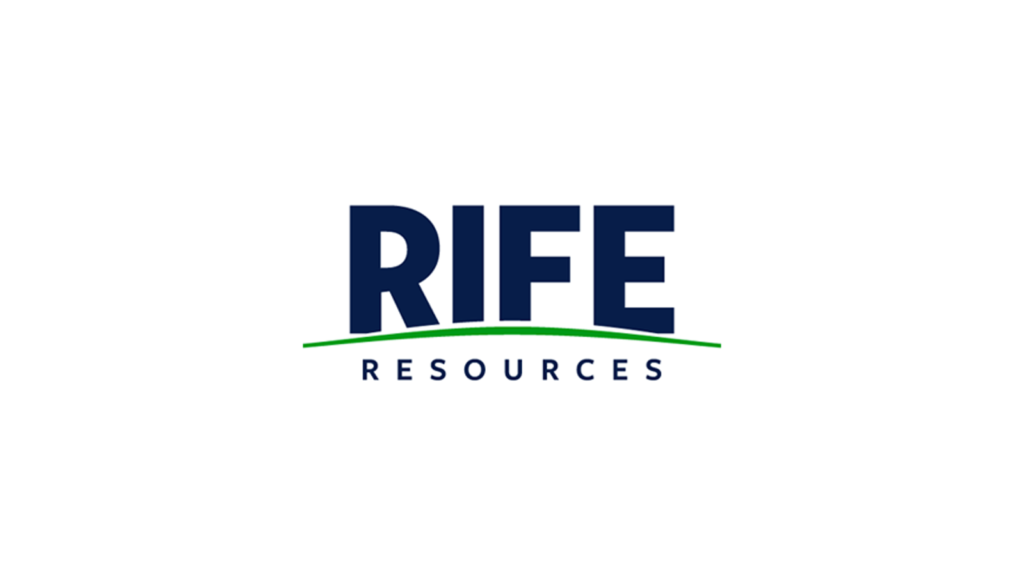

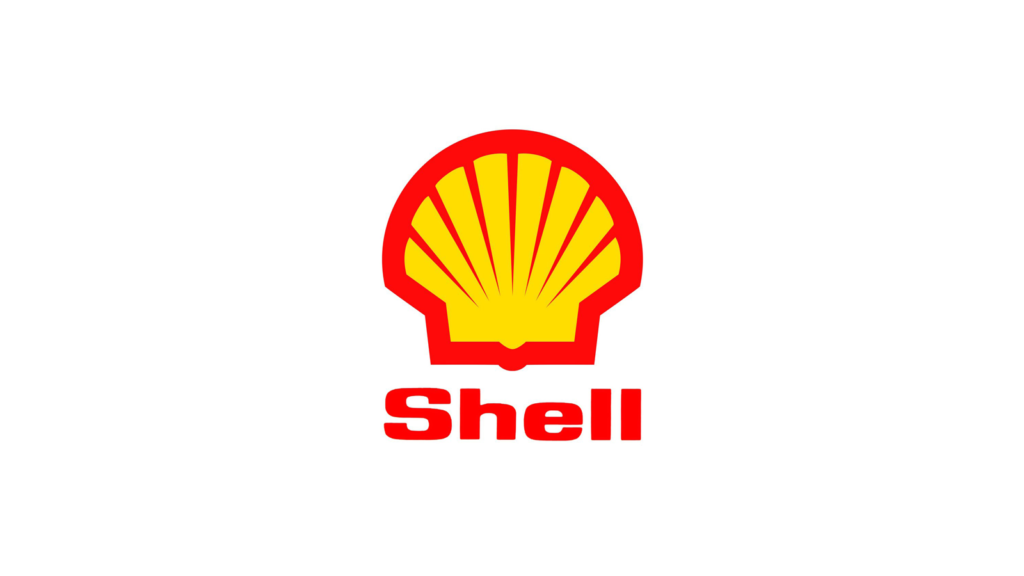
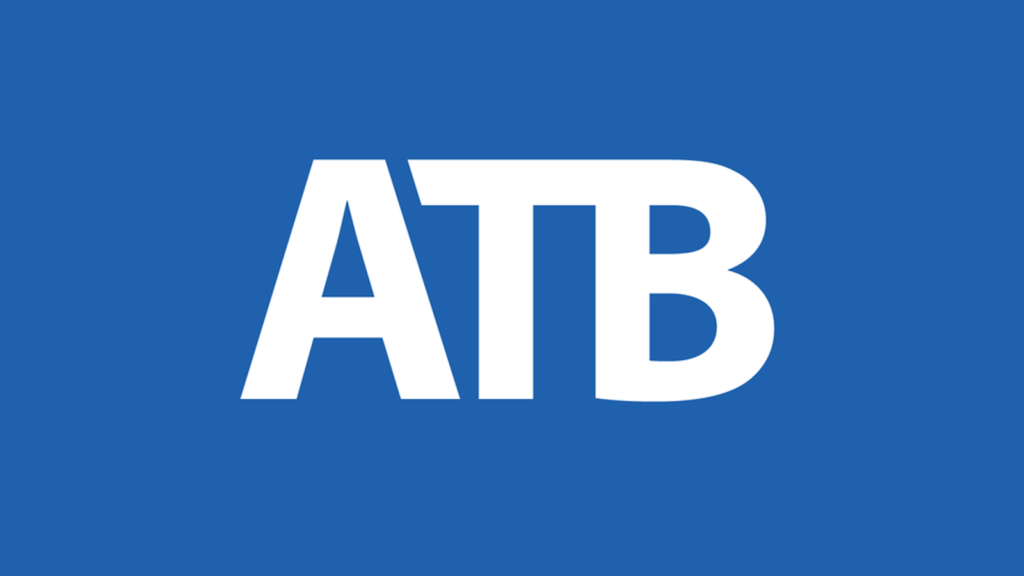






You must be logged in to post a comment.